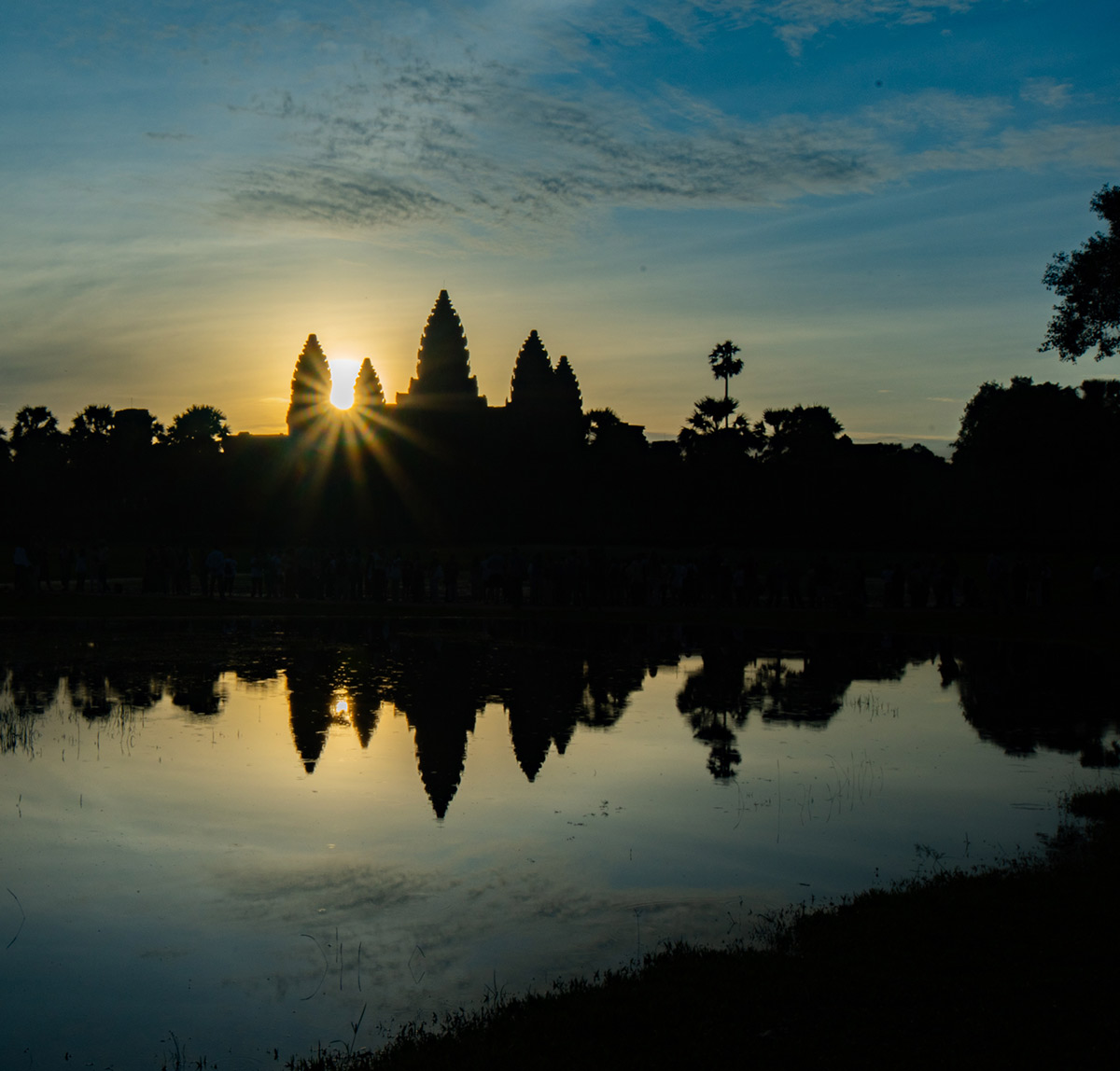With “The Culinary Art of Cambodia”, we introduce you to a cookbook with Cambodian recipes in this article. Really? Another new cookbook? There are already plenty … Well, this book is more than just a cookbook. Because it is more than that. For us, it is a compendium of Cambodian cuisine. A gem that we all owe solely to the activities of an attentive Cambodian princess from about 70 years ago and which we are giving away twice here as part of a prize draw.
1955 – a leap in time
The year is 1955 – two years after Cambodia’s independence from French colonial rule. The cultural magazine “France-Asie”, printed in Saigon, brings out a special issue on Cambodia under the title Présence du Cambodge. Several renowned Khmerologists have contributed to this historical publication with selected topics. Among them François Martini, an eminent linguist with knowledge of the Khmer, Mon, Sanskrit and Pali languages.
In a few words, Martini describes the originality of Cambodian cuisine. At greater length, he notes that the trend among Phnom Penh’s elite at the time was to favour Chinese, Thai and French cuisine in preference to their own Cambodian cuisine. In doing so, he quotes Her Royal Highness Princess Peng Peas Norodom Yukhantor: refined Cambodian cuisine requires meticulous and time-consuming preparation. Modern housewives tend to turn to simpler and standardised dishes.
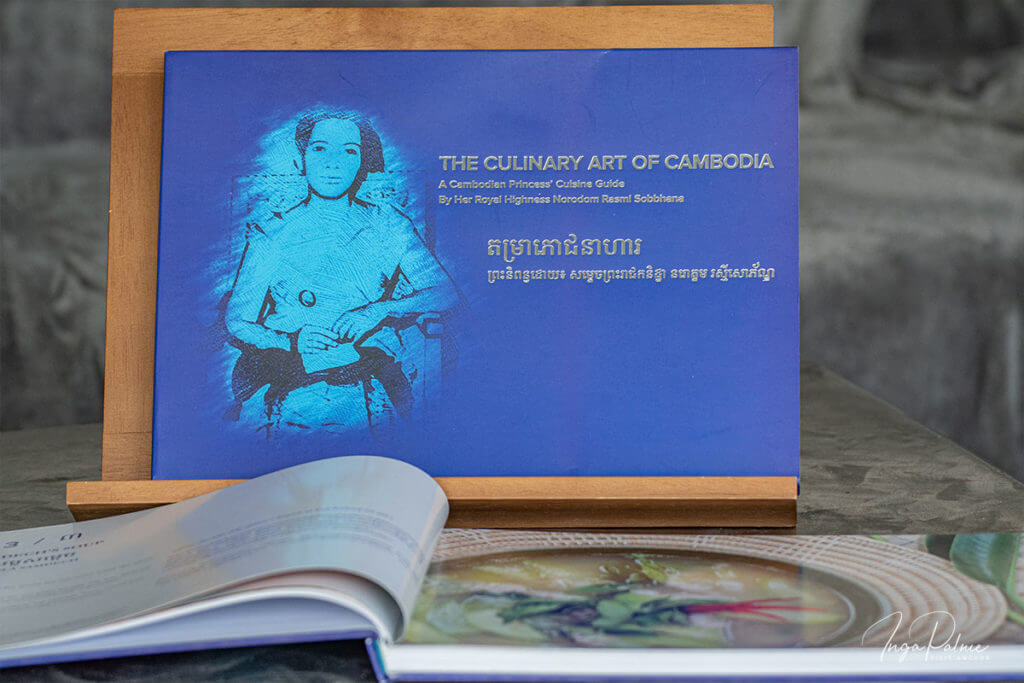
Nevertheless, François Martini has been told that Her Royal Highness Princess Norodom Rasmi Sobbhana is compiling all the original Cambodian dishes of her country in a single comprehensive book. Four of these dishes appear in further editions of “France-Asie”.
In 1960, five years later, the collection of recipes by the princess is published under the title “The Culinary Art of Cambodia”. The work becomes an important source of traditional Cambodian cuisine. While Indian, Chinese and Southeast Asian influences are evident, the core of Cambodian food and cooking techniques can be traced back to the ancient history of the kingdom.
Bernard Cohen, founder of Angkor Database, has succeeded in launching a new edition of this history-rich cookbook in cooperation with Templation Angkor Resort. With the support of the three so-called “heritage sisters” Men Sotheavy, Men Sodany and Men Chandevy, as well as His Royal Highness Prince Sisowath Tesso, the first ideas for implementation are emerging in 2020 in the last week of September.
In May 2021, the original collection, supplemented with additional recipes in the Khmer language written by Princess Sobbhana herself at the time, is published over again and under the same title. And it is precisely this book that we present to you here in our article.
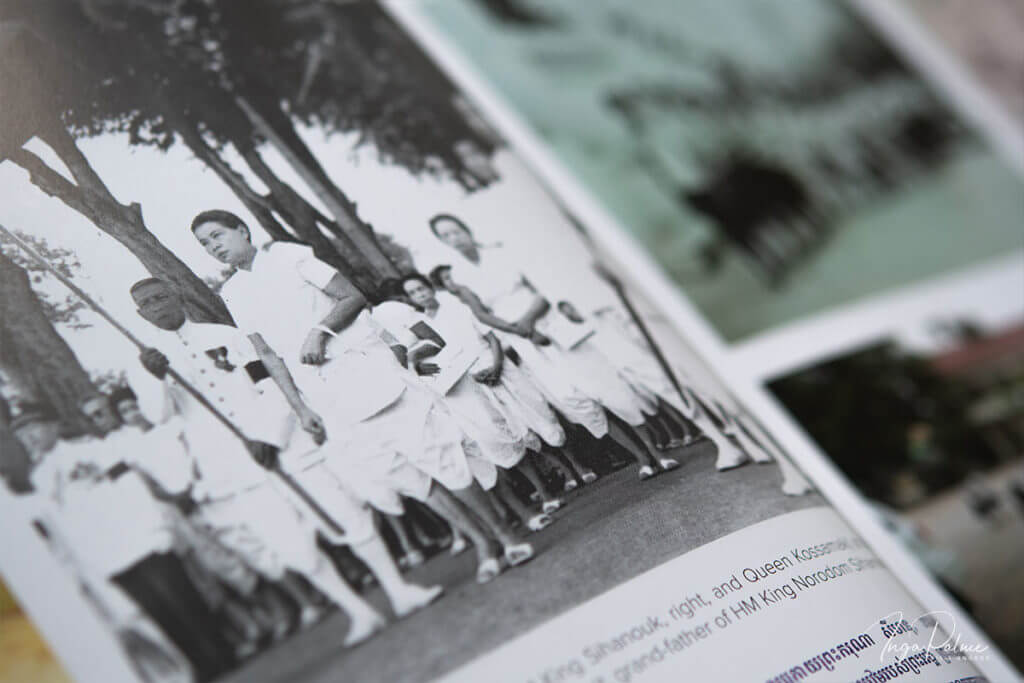
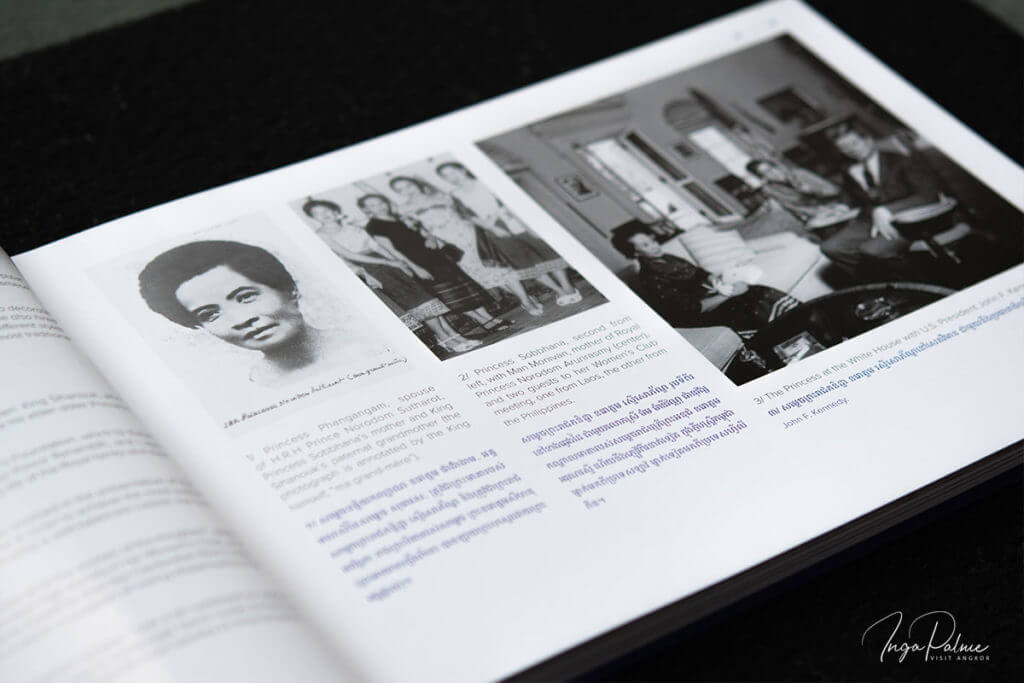
From the contents of the cookbook
To start with, the reader can expect a historical background to the creation of the work, parts of which we have already presented in this article. In the course of intercultural understanding, the texts are written in English and Khmer.
Another special feature are the photos – 200 in number. The selection is not primarily images of the featured dishes, but photos of Princess Rasmi Sobbhana and the royal family, of re-enacted dishes and of the making-of of the book, including the ceremony in honour of Princess Rasmi Sobbhana by the Sacred Dancers of Angkor in September 2020.
The first recipes include five multi-course menus selected and implemented by the aforementioned Heritage sisters. The menus document the relevance of Princess Norodom Rasmi Sobbhana’s cooking today. Here it is worth knowing that a Cambodian menu is not divided into the for us usual chronological courses as starter, main and dessert. Except for dessert, everything is served at the same time. A Cambodian menu always includes at least one liquid and one solid dish.
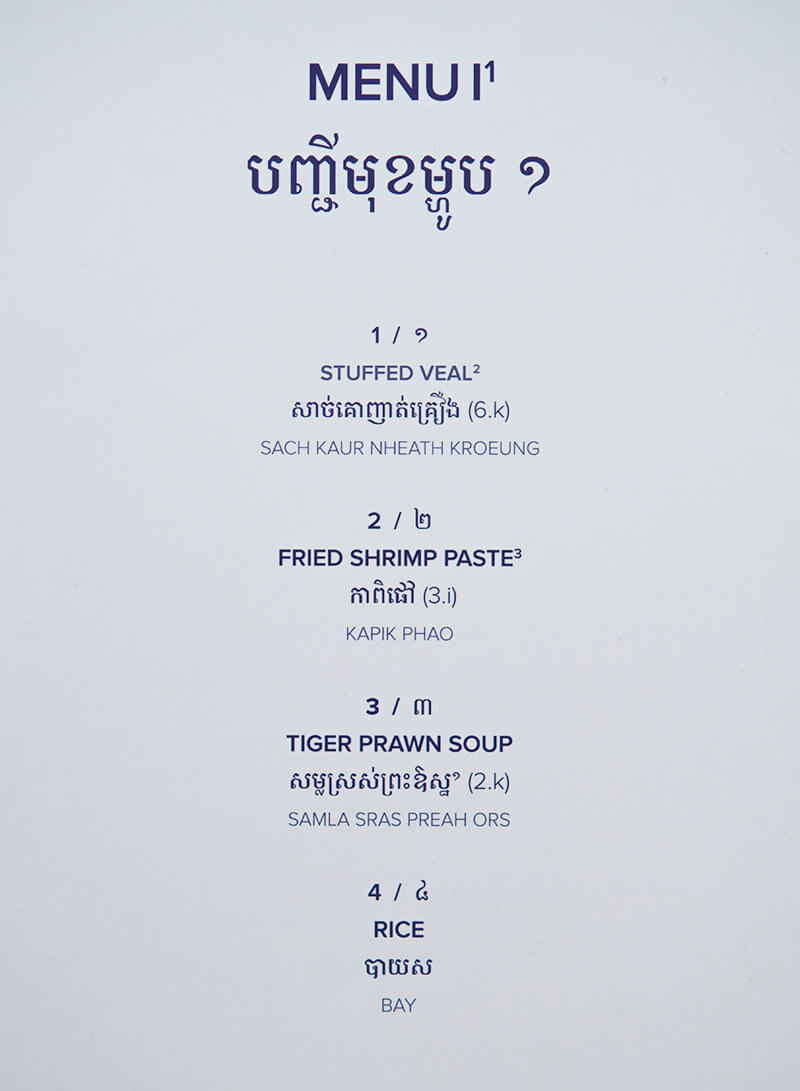
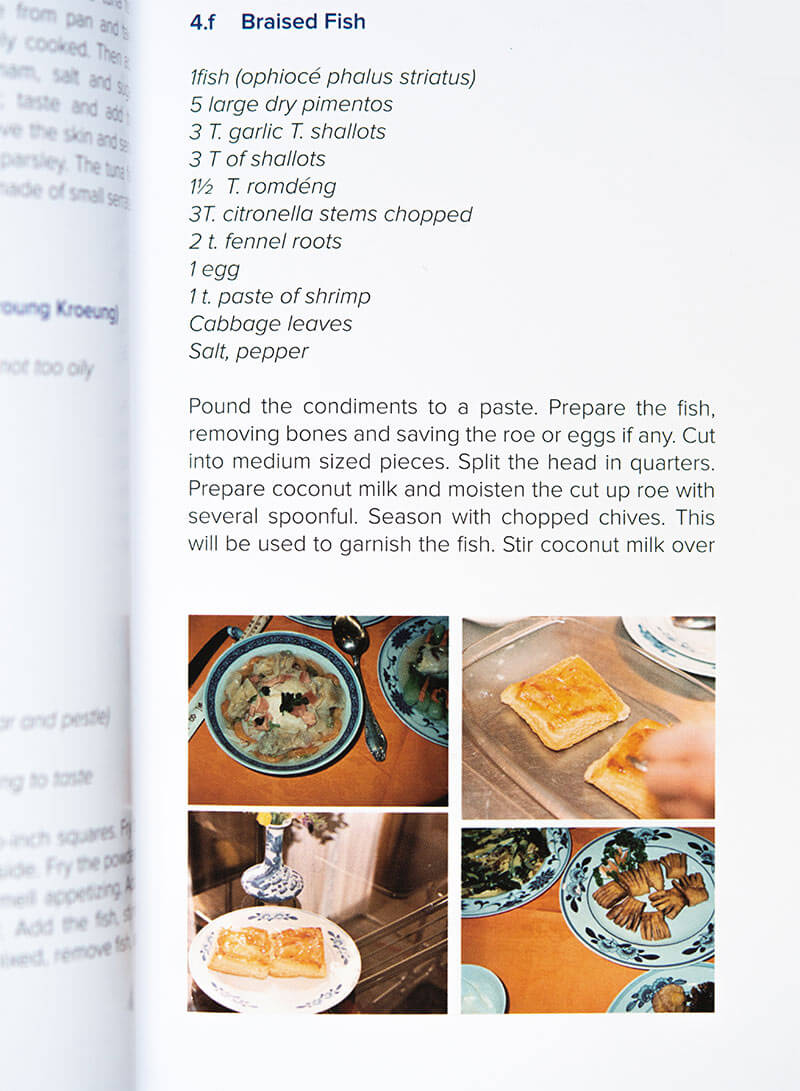
The next section contains the complete original English and revised edition from 1960 with around 300 culinary recipes and tips. In total, there are 14 categories and a glossary: appetisers, soups, shellfish, fish, poultry, meat, vegetables, salads, rice, preserves, jams and jellies, fruit juices, sauces and desserts, and cakes.
Rather unusually, some of the recipes contain few or no ingredients at all. The reason: back then, cookbooks were not as detailed as they are today. This provided more opportunities for improvisation, self-improvement and simply trying things out. So they just left it that way.
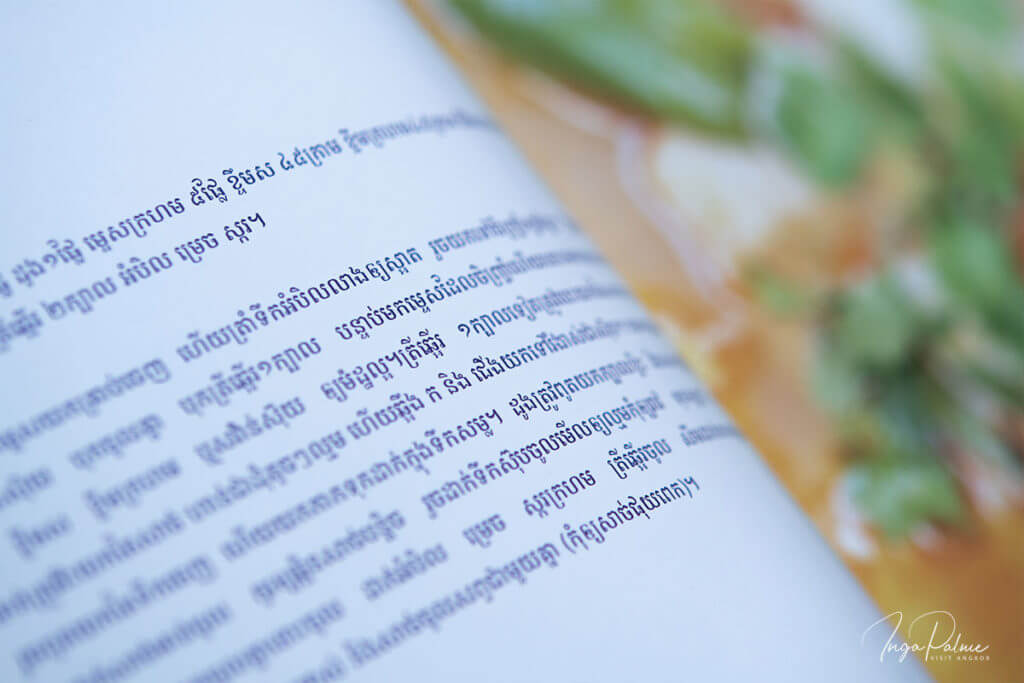
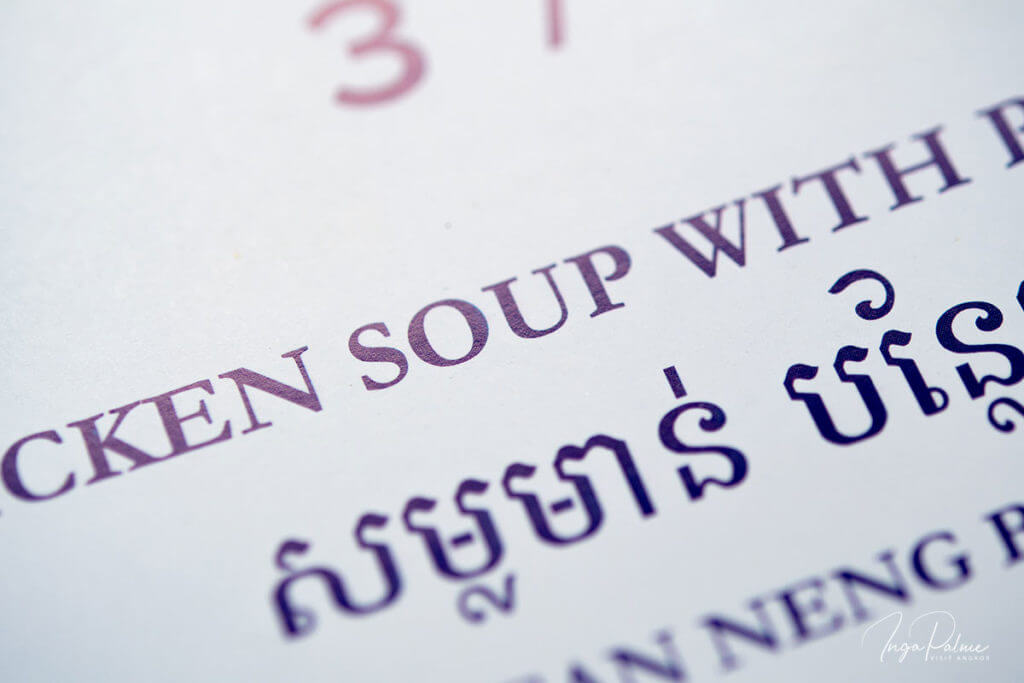
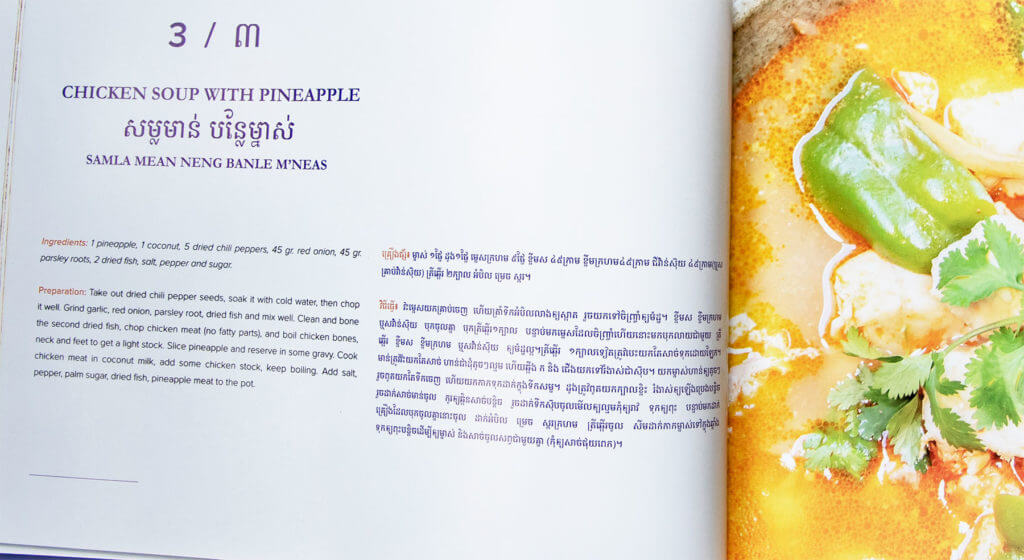
In the next and last section, the book contains 170 recipes in Cambodian. Princess Sobbhana selected these for publication in the Royal Family Bulletin in 1970.
About Princess Norodom Rasmi Sobbhana
Her Royal Highness Princess Norodom Rasmi Sobhana (1898-1971) was the aunt of King Norodom Sihanouk (1922 – 2012), the father of the reigning King Norodom Sihamoni of Cambodia since 2004. Her full Cambodian name is: Samdech Preah Reach Kanitha Norodom Reaksmey Sophoan សម្តេចព្រះរាជកនិដ្ឋា នរោត្តម រស្មីសោភ័ណ្ឌ
As a teacher at the Sutharot School in Phnom Penh and author of two published books Motifs décoratifs Khmers à l’usage de la broderie (1954) and L’Art de la cuisine cambodgienne (1960), the Princess dedicated her life to social engagement, particularly education and empowerment of young women in the Kingdom of Cambodia.
In 1995, Her Royal Highness Princess Norodom Ranaridh Marie established the Samdech Rasmi Sobbhana Women’s Foundation, named after Her Royal Highness Princess Rasmi Sobhana. Originally, it was a home for war orphans and refugee children on the Thai-Cambodian border. Later, the Sobbhana Foundation opened three training centres to help young Cambodians learn traditional handicraft skills such as silk weaving, embroidery or wood carving.
Our conclusion about the cookbook
Let’s put it this way: We are simply thrilled and blown away! You will also love this book if you
- are a fan of Cambodia
- like to get deeper into the culture of the country
- enjoy experimenting with cooking
If you just want to try Lok Lak or Amok, you won’t find these recipes and may be disappointed. All others who want to get to know the original Cambodian cuisine will certainly be thrilled.
How to buy the book
The easiest way at the moment is certainly to buy the book directly in Cambodia. A list of options in Phnom Penh, Siem Reap and other provinces can be found at Living Cambodia. But you’re not always on the spot, especially at the moment.
But there is a practical alternative: Just send an email to angkor.database@templation.asia with the information that you would like to buy the book. After a short time you will get an answer and information about the payment procedure. Everything works fine!
Admittedly, the book is more expensive than if you buy it directly in Cambodia. The reason is that it is currently shipped from France, and the books are delivered from Cambodia to France. And that costs a lot. Regardless of this, it is not yet clear whether and how many books will be sold here in Europe. Maybe they will be printed directly in Europe in the future. Who knows :-) But we don’t want to wait that long.
In any case, 21 USD per book sold (that’s the entire sales revenue within Cambodia) will go to the Sobbhana Foundation for Women and to Wat Rasmi Sobbhana Reaksmey Sophorn, the pagoda named after the princess in Kandal province. And that’s the most important thing for now, we would argue.
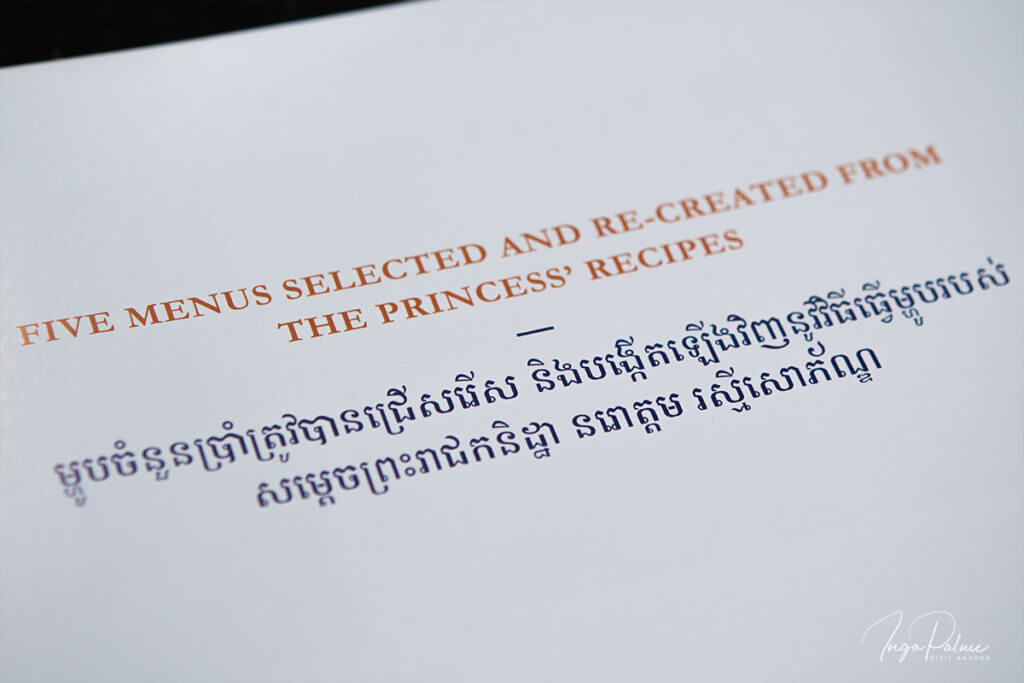

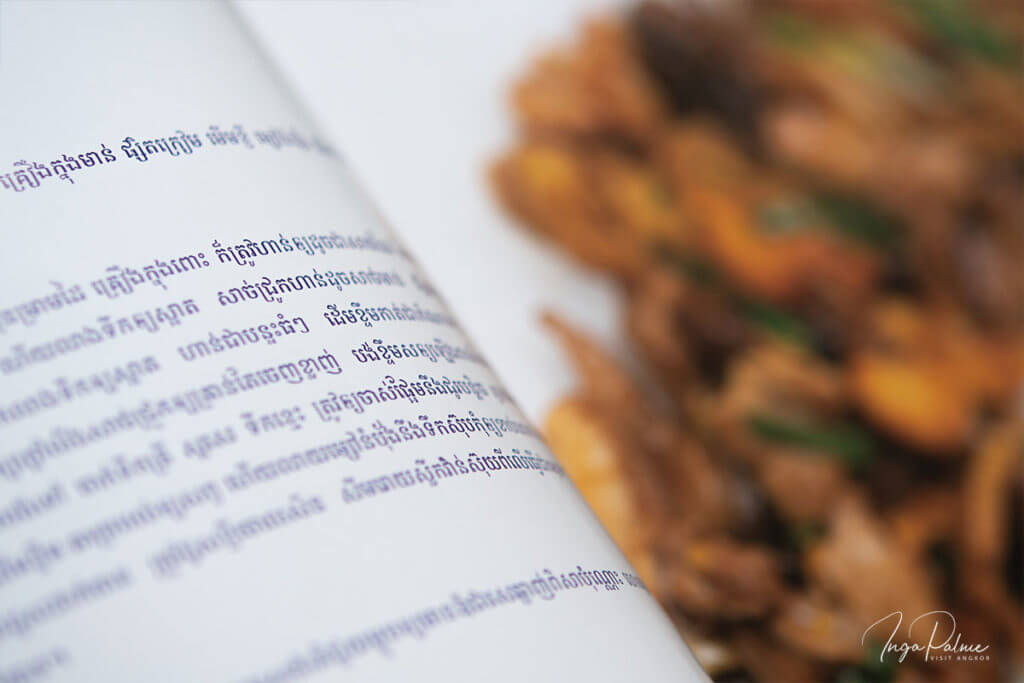
Prize draw: “The Culinary Art of Cambodia”
As announced at the beginning of this article, we are giving away a copy of this extraordinary book. With these two tasks you take part in the raffle:
1st task
Answer the following question and send your answer to the e-mail address inga@visit-angkor.org.
What is the name of Princess Norodom Rasmi Sobbhana’s grand-nephew?
2nd task
(optional) Subscribe to Visit Angkor (you will find the subscription form at the end of this post with the heading “Post from Visit Angkor”) and/or become a member of our Facebook group We Love Cambodia.
Conditions of participation
- We will raffle off two copies of “The Culinary Art of Cambodia” presented here among all those who have completed the two tasks.
- The closing date is Saturday, 6 November 24:00 (German time).
- The two winners will be notified by e-mail on 7 November.
- Cash payment is not possible.
- You can participate if you live in Europe or in Cambodia.
- We reserve the right to adjust the prize campaign if necessary or to end it prematurely.
- The legal process is excluded.
- We are keeping our fingers crossed that you win the book “The Culinary Art of Cambodia”!

Affiliate*
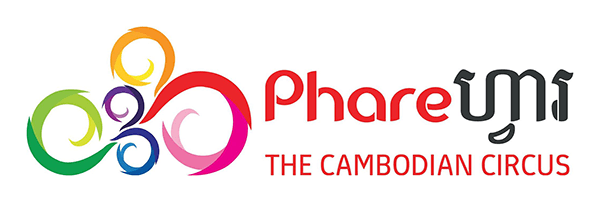
Phare, the Cambodian Circus
A highlight in Siem Reap! Buy tickets online directly on the Circus Phare website*.
Links and references with a * are an affiliate link (advertising link). If you like Visit Angkor and buy, book or subscribe to something via an affiliate link, the provider will make a small commission for Visit Angkor. Of course, there are no additional costs for you.
Join our Facebook group
International travel group with friendly people who love Cambodia. We speak English, German and a little Khmer.
By the way: We write here at Visit Angkor with a lot of passion and love. Nevertheless, it can happen that information is no longer up to date or perhaps even incorrect. We would be happy to hear from you so that we can update the information accordingly. Thank you very much!

